(Gerry Furth-Sides) Fresh fruit from all over the world symbolize the peace we seek at Ramadan. Melissa’s Produce has a dazzling array of suggestions online, along with gift boxes ready to ship.
For more classic pastries, let’s start with Forn Al Hara and Le Mirage bakeries in “Little Arabia” for the first of two month-long Ramadan holiday celebrations. The joyous bakes made specially for the holy days are filled with the spirit we wish everyone all year.
Eid al-Fitr is the first one. The second arrives in about two months, Eid al-Adhar. It is a time for forgiveness and reflection, rejoicing and blessings. What’s not to celebrate for everyone, and to do this all year?
First up: Forn Al Hara. Trays of miniature flaky filo dough pastries rolled into what look like fields of edible flowers and dense, moist pastries shaped in flat slabs or mounds appear to undulate across the glass counters in the fading sunlight.
Neatly laid stacks of plastic boxes filled with a variety of beautiful treats nearly take your breath away. What a special time in Little Arabia during Ramadan! Our favorite Ma’amoul, an Eid al-Fitr tradition is the highest towering stack.
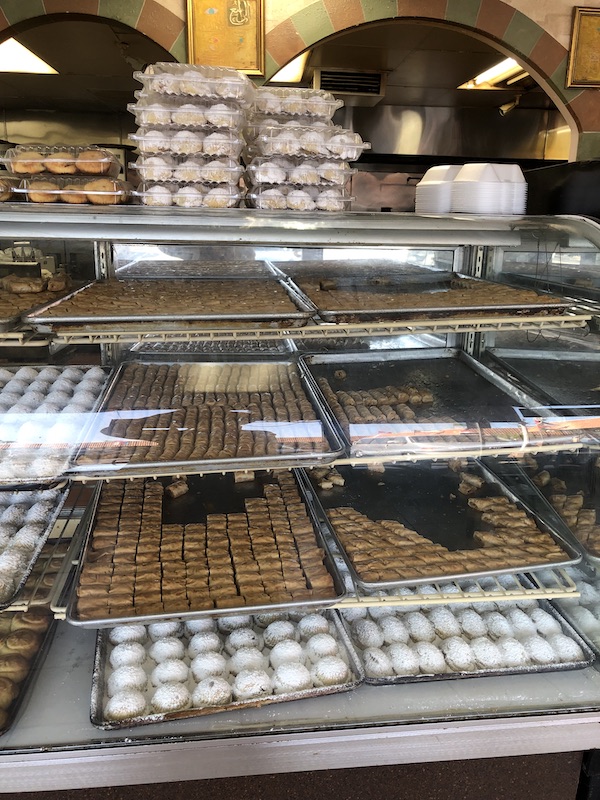
Not a minute’s lull between lively customers coming for the best, best savory and sweet dishes or the friendly staff preparing them, fast, fast for Iftar (break-the-fast dinner) orders.
Customers can arrive to survey the treats and put in an order and then come back for their full meals; call in on the phone, or dine-in to linger and eat. Each order takes about 30 minutes.
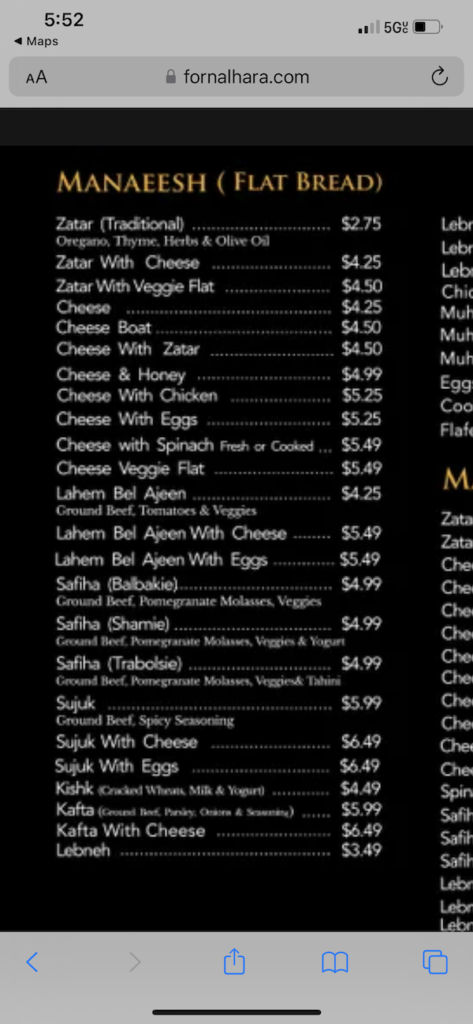
Sweetest, talented, Forn Al Hara owner-chef, Muhammad Alam always sent us home with a gift box of traditional Maamoul and ka’ak.
Nephew, Nader, capably mans the bustling post, too. His promise to “take good care of us,” turns out to be a table set with a a plate and take out box! Finger food defined!)
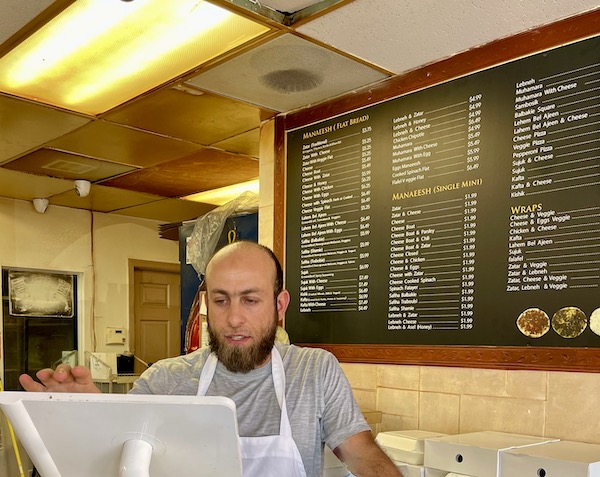
Pistachio paste Ma’amoul, light, buttery and not too sweet is a must-have. It is the bigger cake, bottom row.
Ramadan is not complete without Ma’amoul. These sweet cookies are not only popular in Lebanon, but in Jordan, Palestine, and Syria too. Crumbly and buttery cookie mounds are as dense as a cake.
Made with rose water with a filling of dates, walnuts or pistachios, and sometimes almonds. Sound like a familiar treat? That’s because they are cousins to my (and so many others) absolute favorite. Polverones, the Mexican Wedding Cookie.
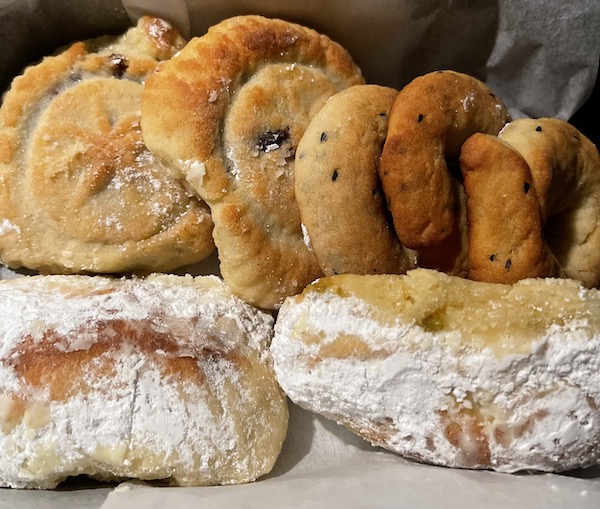
Forn Al Hara, 512 S. Brookhurst St, Anaheim,CA 92804, 714.758.3777, Phone: (714) 758-3777.
Menu and details: Fornalhara.com
For more reading, please see //localfoodeater.com/shoppers-guide-to-aneaheims-magical-little-arabia/

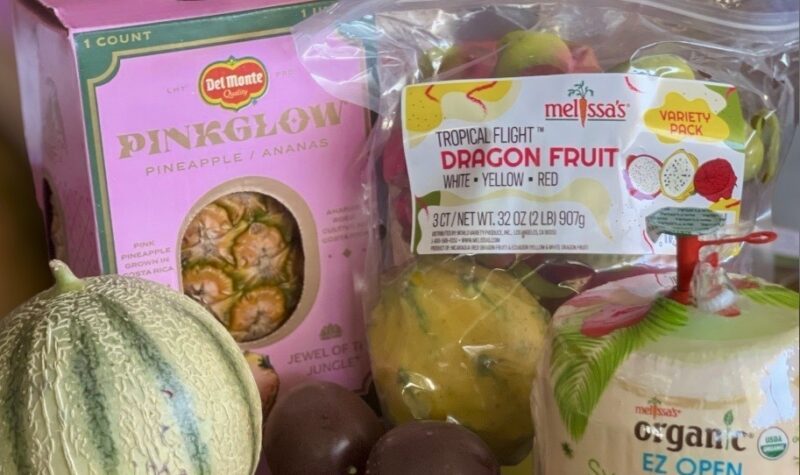
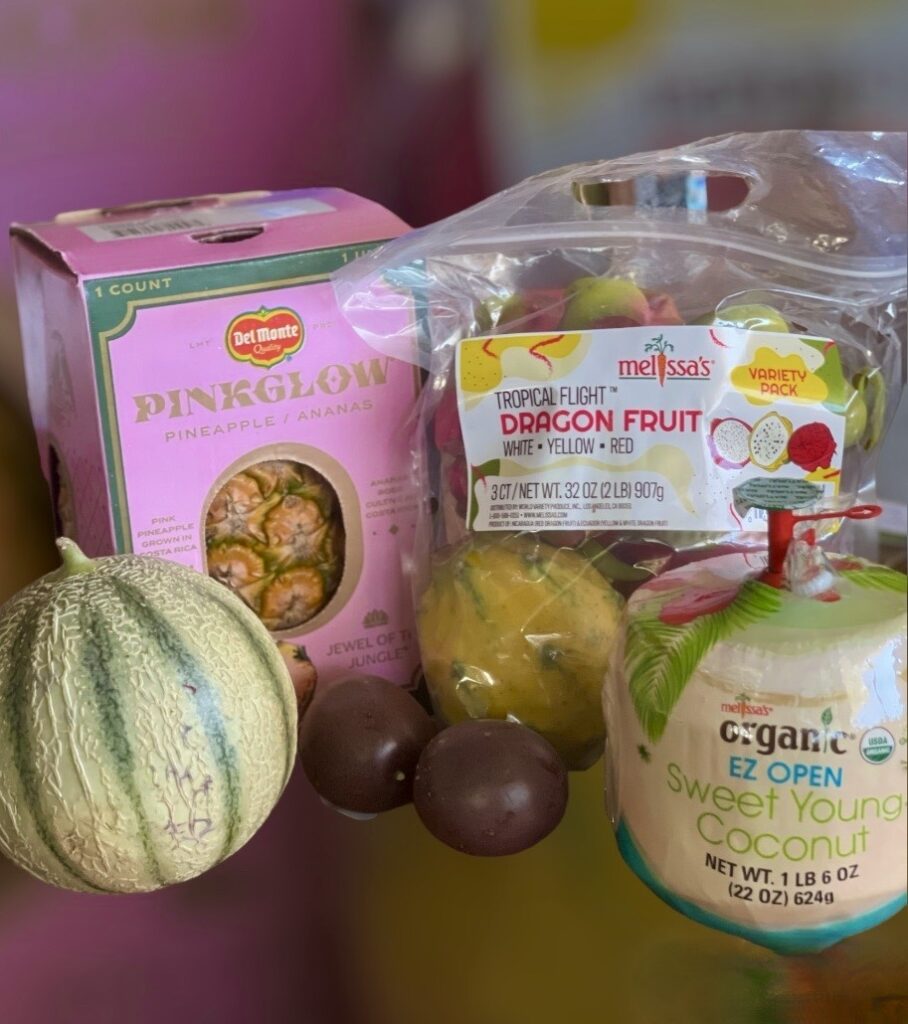


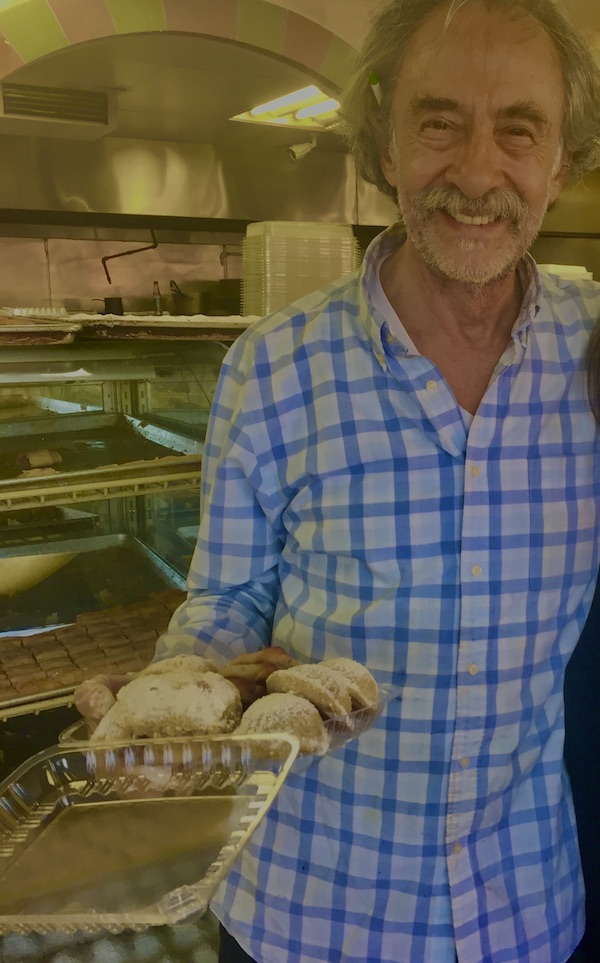
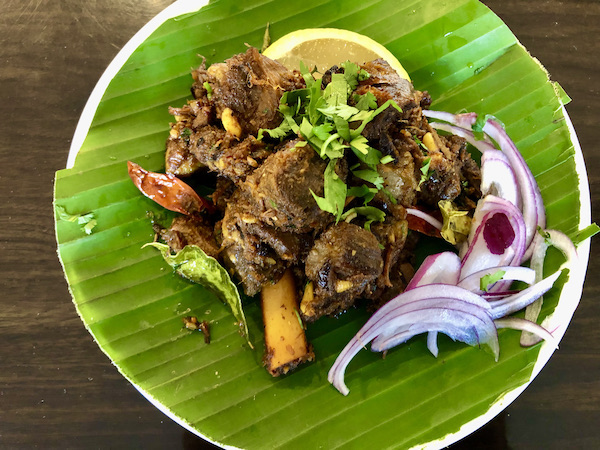


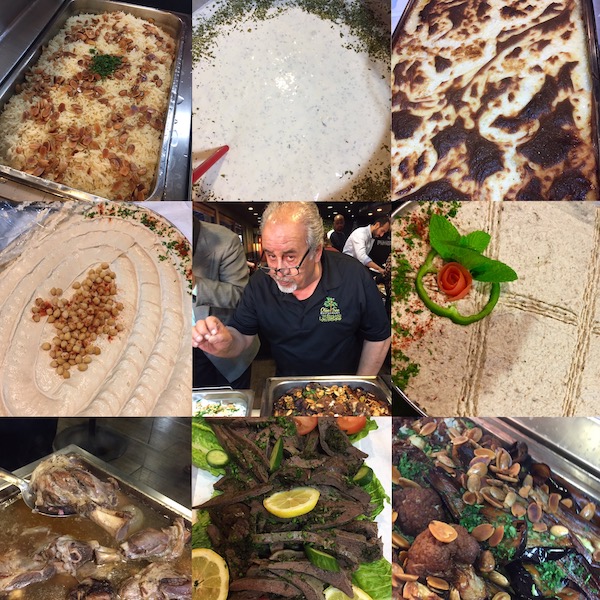
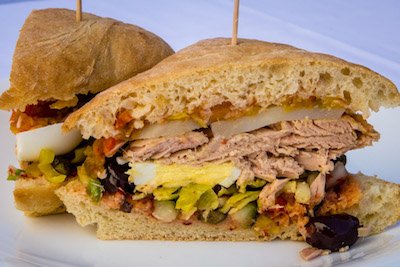
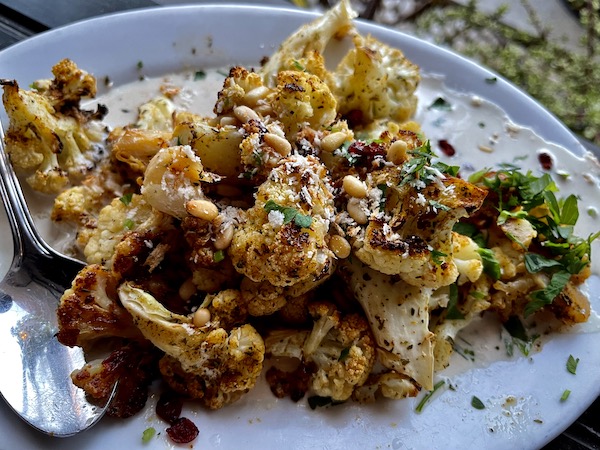

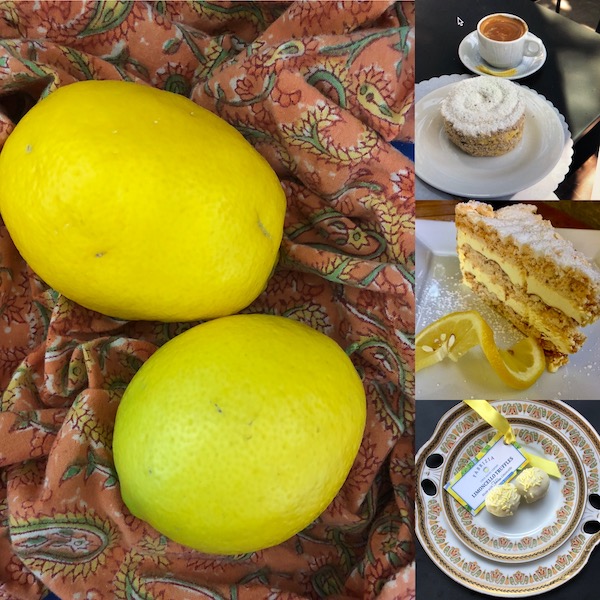

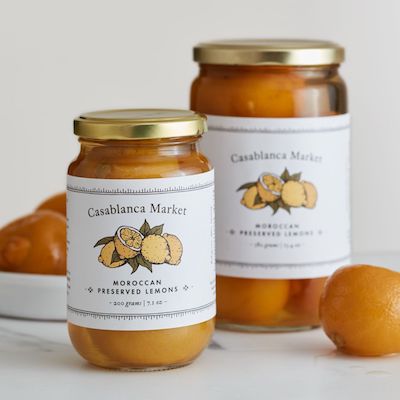


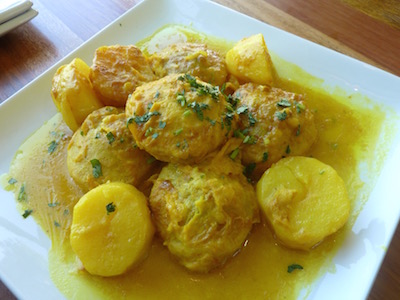
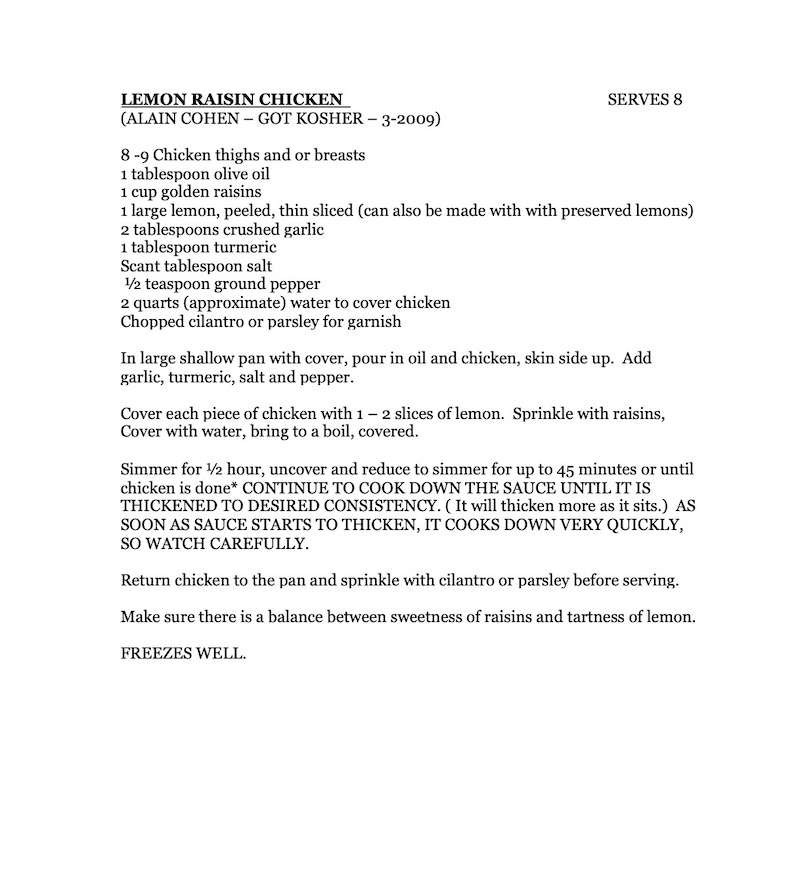










 Gerry Furth-Sides
Gerry Furth-Sides  Barbara Hansen
Barbara Hansen  Chef-owner Alain Cohen
Chef-owner Alain Cohen  Roberta Deen
Roberta Deen  Jose Martinez
Jose Martinez  Nivedita Basu
Nivedita Basu